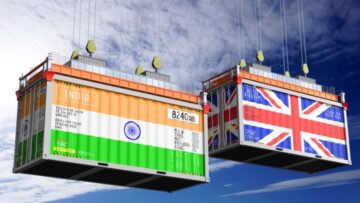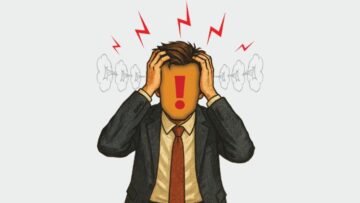Bangladesh’s synthetic footwear sector is rapidly emerging as a key player in the country’s export diversification strategy, as shifting global consumer preferences, cost competitiveness, and flexible production capacity fuel strong export growth.
While leather footwear continues to lead with US $ 620.17 million in exports in the first 11 months of the 2024-25 fiscal year, a 28.96 per cent year-on-year increase, the synthetic or non-leather footwear segment is catching up fast. According to Export Promotion Bureau (EPB) data, non-leather footwear exports reached US $ 494.28 million during the same period, marking an impressive 30.25 per cent growth from US $ 379.48 million recorded in the corresponding period of the previous fiscal year. In May alone, leather footwear exports totaled US $ 74.82 million, up from US $ 48.37 million a year earlier.
Industry insiders attribute this rapid rise to Bangladesh’s strong manufacturing base, fewer regulatory hurdles, and growing global demand for affordable, fashionable, and sustainable footwear. Unlike leather footwear, which requires certifications such as the Leather Working Group (LWG) standard and faces challenges over raw material sourcing and environmental compliance, synthetic footwear producers mainly need to maintain factory compliance standards, making it easier for them to meet international buyer requirements.
The growth is also supported by a broader market trend. A Bangladesh Investment Development Authority (BIDA) market assessment highlights rising orders from global giants such as H&M, Puma, Decathlon, FILA, and Kappa. Export destinations have expanded to Spain, France, the Netherlands, South Korea, India, Italy, and Germany.
Maf Shoes Ltd, a subsidiary of the TK Group that supplies to France and Germany, has ramped up its daily output from 50,000 to over 65,000 pairs. “Demand in Europe is rising sharply, but we continue to face serious logistical and regulatory hurdles,” said Hasnat Md Abu Obida Marshall, managing director of Maf Shoes.
Exporters, however, remain frustrated by customs clearance delays, complex regulations, and the lack of policy support. Unlike the ready-made garment (RMG) sector, which enjoys various fiscal incentives, faster customs clearance, and international trade preferences, the synthetic footwear industry remains excluded from many of these benefits.
Bangladesh also faces tough competition from China, whose exporters benefit from government incentives ranging from 7 to 12 percent, raw material self-sufficiency, and superior infrastructure. In contrast, Bangladeshi footwear manufacturers remain heavily reliant on imported raw materials, which adds to production costs and logistical complications.
Despite lower labor costs than competitors like Vietnam, productivity in Bangladesh’s footwear sector still lags behind, limiting its capacity for higher value-added production.
Adding to the challenge, global brands like Nike and Adidas have yet to enter Bangladesh’s synthetic footwear sector, largely due to concerns over lead times and delivery capacity, according to Edison Footwear Managing Director Jakaria Shahid.
Meanwhile, countries like India are actively courting foreign investors with land availability, tax incentives, and better infrastructure, particularly in states like Tamil Nadu and Kerala.
To unlock the sector’s full potential, exporters are urging the government to introduce a dedicated synthetic footwear policy, ensure equal customs treatment as the RMG sector, facilitate access to technology financing, and incentivize backward linkage industries.
Despite these challenges, industry leaders remain optimistic that Bangladesh’s synthetic footwear sector can become a major growth driver for the economy, provided that timely policy interventions are introduced to address existing bottlenecks.







